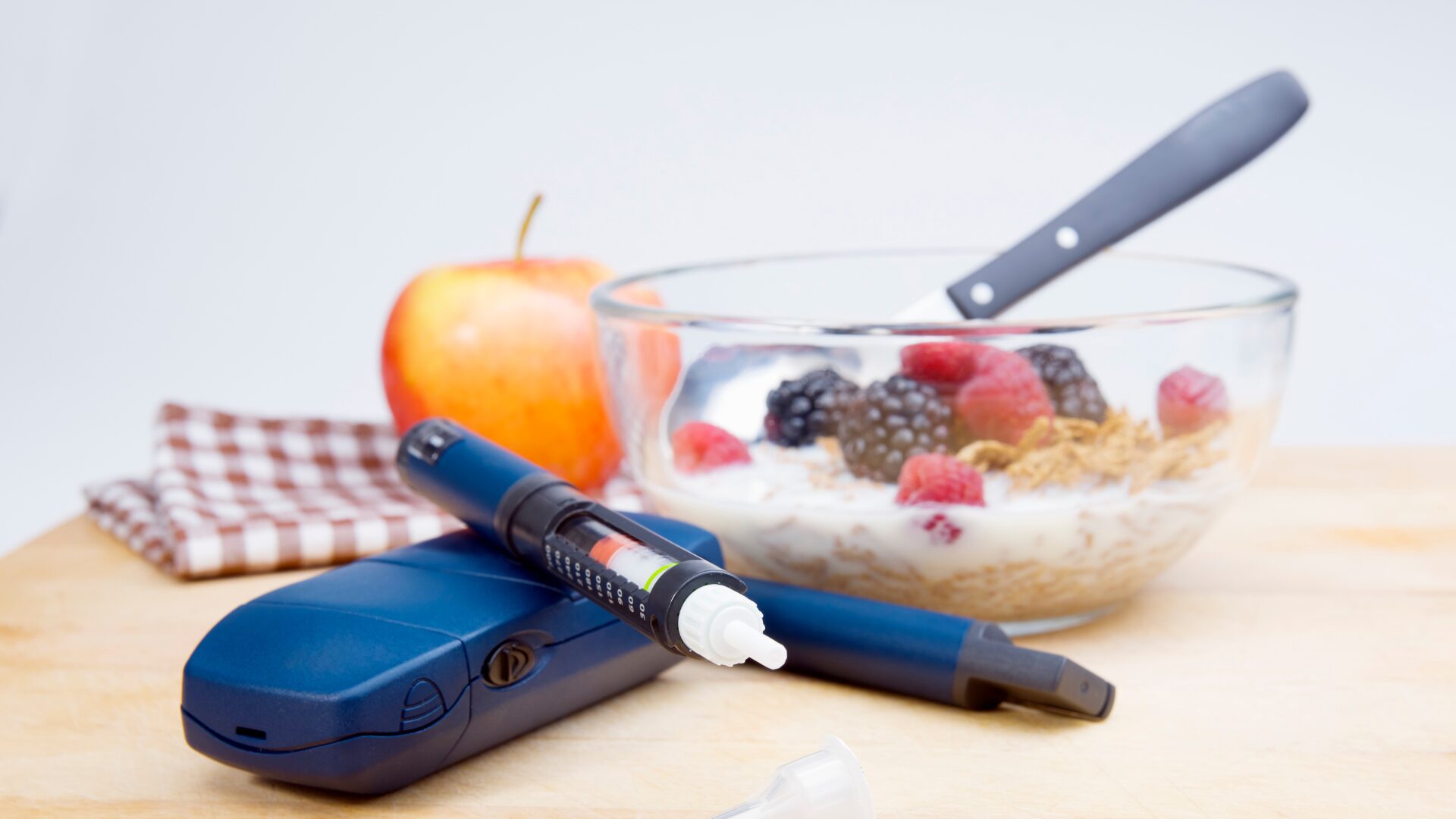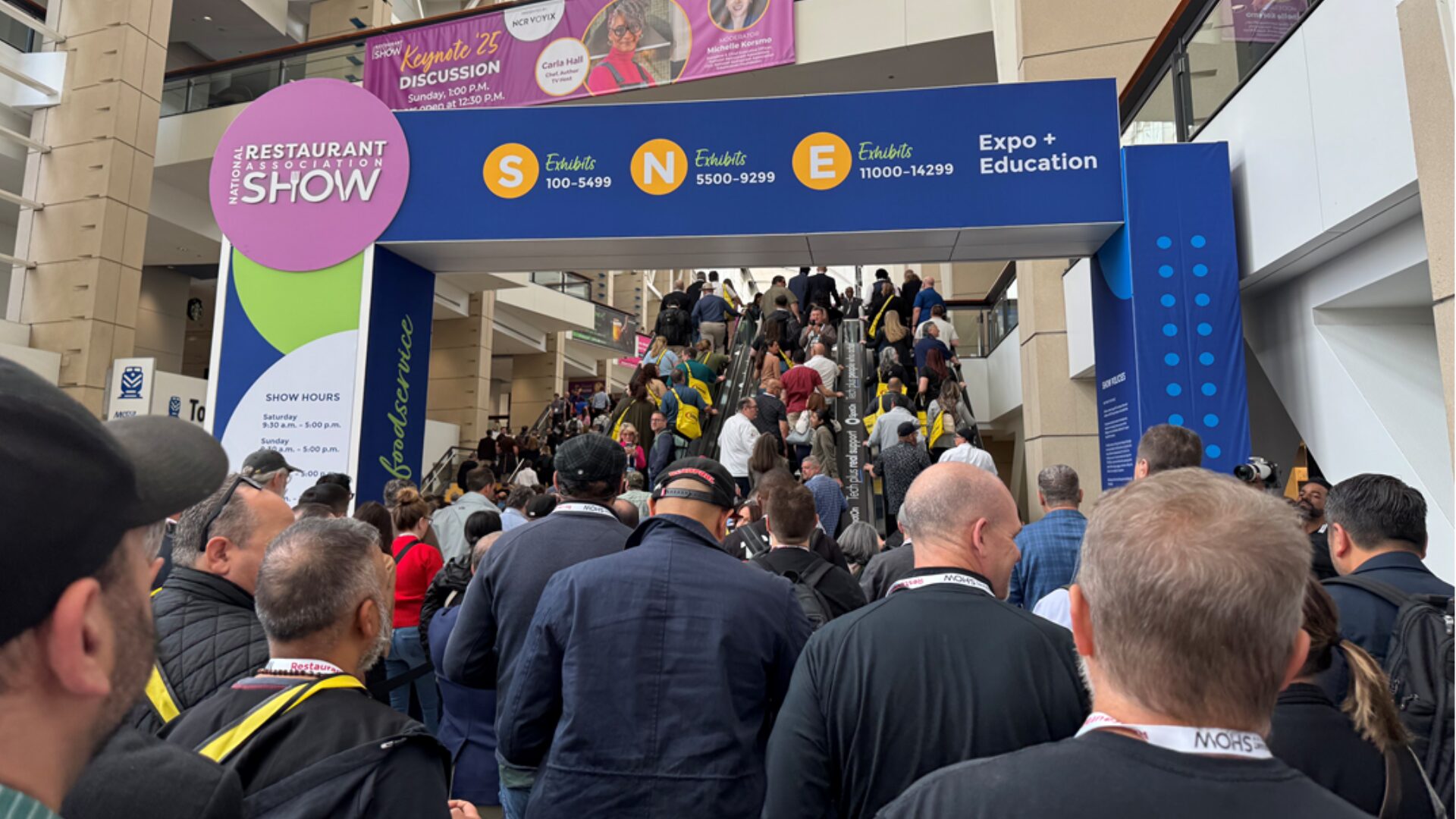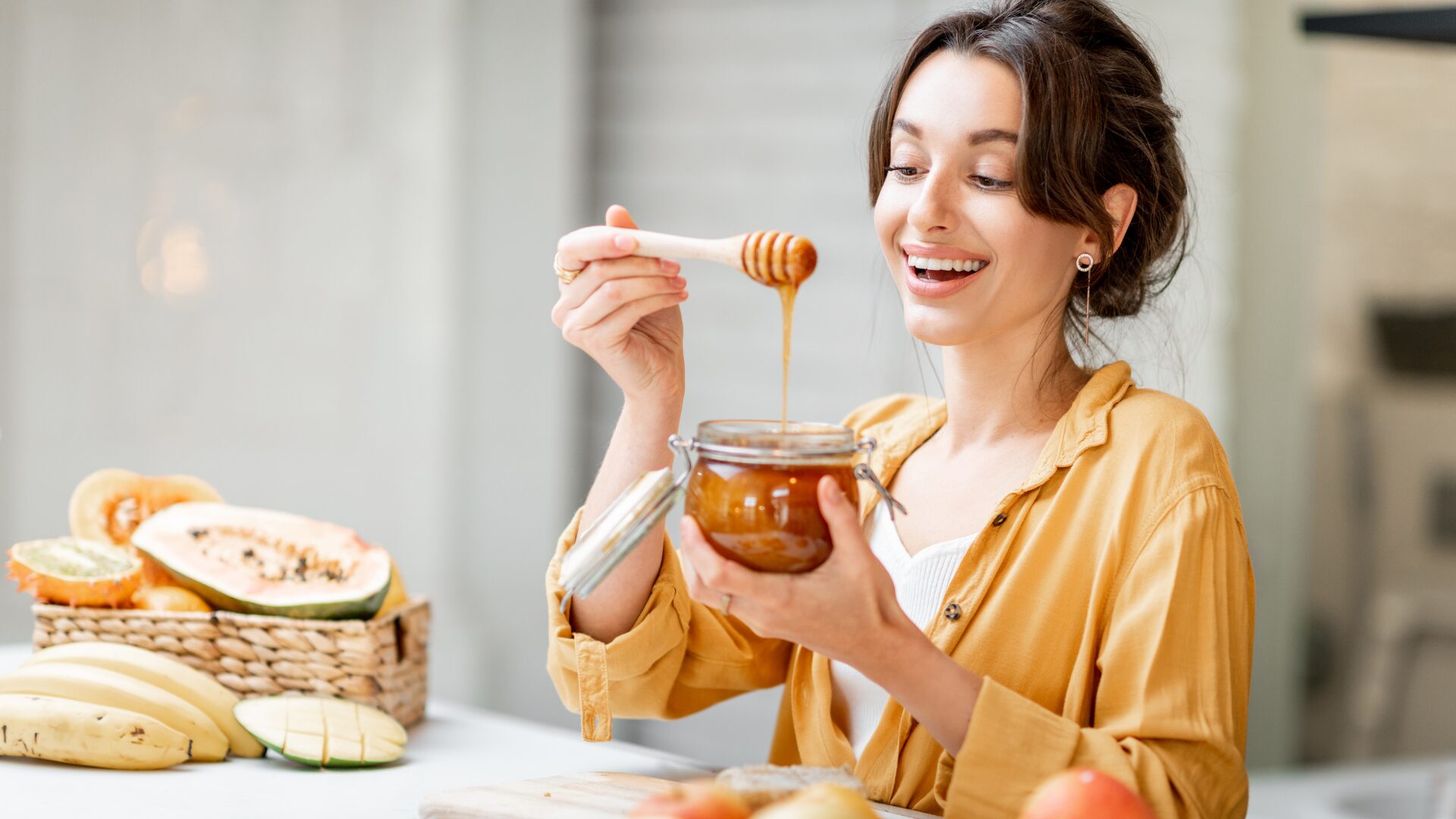Dr. Joan Salge Blake believes she knows the prescription for what ails many Americans.
“We’ve all heard ‘let food by thy medicine, and let medicine be thy food,’” Salge Blake, a nutrition professor at Boston University, told The Food Institute. “I believe that eating a variety of produce … [which] is deliciously rich in so many nutrients – fiber, potassium, calcium, etcetera – can improve our health.”
Salge Blake is part of a growing contingent of health experts who believe so-called produce prescription programs can help turn the tide on diet-related disease. Produce prescription programs – sometimes referred to as PPRs, PPPs, or Produce Rx – allow clinicians to prescribe fresh produce to low-income patients with diet-related health risks or conditions. For example, a person with diabetes could receive a prescription from their doctor and a voucher for $10 worth of produce for the week, then redeem the voucher at a participating grocery store or farmers’ market, Civil Eats explained.
According to the Center for Science in the Public Interest, 78 million Americans are battling obesity, 67 million are dealing with hypertension, and 29 million are diabetics. With that, 85% of U.S. healthcare spending currently goes to these types of chronic conditions, Civil Eats reported.
It all adds up, according to nutrition experts: Americans must eat more fruits and vegetables.
“Produce can help you better manage your weight,” Salge Blake explained. “Fruits and veggies are full of fiber and water, so they fill you up before they fill you out. In other words, they contribute to satiety – or that feeling of fullness – yet have few calories per bite.”
Giant Food has advocated for a Produce Rx program in which participants get $240 for 90 days loaded on to their Giant bonus cards at select Washington, D.C.-area Giant Food locations, reported The Packer (May 16). The program aims to facilitate access to healthy food like fresh produce, and nutrition education.
“When it comes to assessing the efficacy and ‘success’ of produce prescription programs, it’s not as clear cut as simply forecasting their impact on chronic diseases like diabetes,” said Cara Harbstreet, MS RD LB of Street Smart Nutrition. “It takes finesse and compassion to understand the needs of marginalized communities, as well as coordination with organizers within those communities, to make meaningful and equitable change for better health outcomes.
“While those on the outside looking in may place priority on improvements in diet quality,” Harbstreet continued, “I think it’s critical to question how this helps everyday people first get enough to eat and, second, does so in a way that also considers potential barriers or unintended consequences. If produce prescriptions cannot rise to that standard, I think the question of their efficacy and success falls short of the mission they originated from.”
One big challenge is getting more major grocers on board with such initiatives. The National Produce Prescription Collaborative estimates there are 108 produce prescription programs currently operating in 38 states.
“I think this is a fantastic idea and I can only hope other large supermarket chains follow this lead,” said Amy Shapiro, MS RD CDN and the founder of Real Nutrition NYC. “Helping those with food-related illnesses and giving them the tools and ingredients they either do not have access to or can’t afford is one step in moving them towards a healthy lifestyle.
“What would help this program would be education, cooking classes, books, [and] recipes, so those who are receiving these fresh ingredients know how to incorporate them into their diet.”












